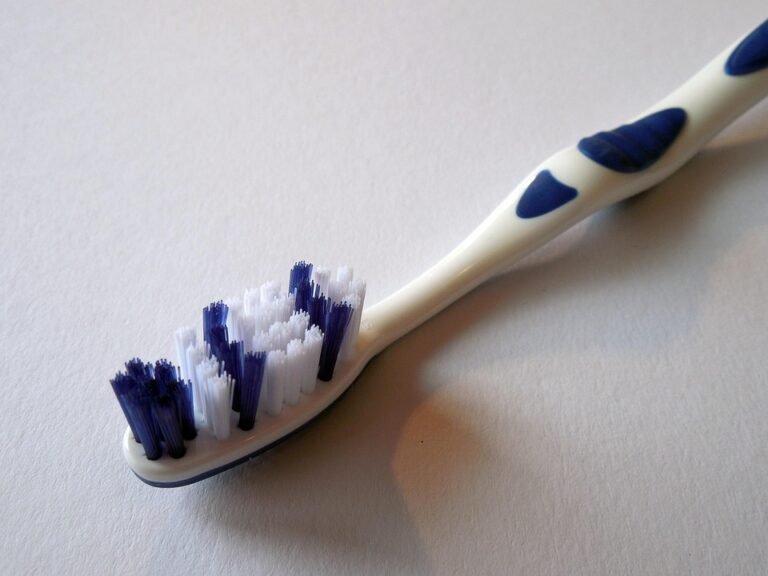What handle diameter is considered ideal for ergonomic dental instruments?
I’m a dental student, and we’re starting to learn about instrument grasp and ergonomics. I’m hearing a lot of conflicting information about the best handle diameter for dental instruments to minimize hand fatigue and prevent musculoskeletal disorders.
Some sources say a larger diameter is better because it reduces pinch force, while others suggest a smaller diameter provides better control and tactile sensitivity. I’m specifically interested in the diameter of the handle itself, not the overall weight of the instrument.
What diameter range (in millimeters, please!) is generally considered ergonomically ideal for instruments like scalers, explorers, and mirrors? And what research or studies support this recommendation? Are there specific situations where a larger or smaller diameter might be more appropriate? For example, are different diameters preferred for male vs. female hands, or for different types of procedures? I want to find the optimal balance between reducing hand strain and maintaining precise control.
Answer
The ideal handle diameter for ergonomic dental instruments is generally considered to be between 9.5 and 12.7 mm (3/8 to 1/2 inch). This range is supported by various studies and ergonomic guidelines designed to reduce the risk of musculoskeletal disorders (MSDs) among dental professionals.
Reasons for this Diameter Range:
- Reduced Pinch Force: A larger diameter allows for a more relaxed grasp, distributing the force over a larger area of the hand. This significantly reduces the pinch force required to hold and control the instrument. Excessive pinch force is a major contributor to hand fatigue and conditions like carpal tunnel syndrome.
- Improved Grip: Handles within this diameter range provide a secure and comfortable grip, even with gloved hands. They prevent the instrument from slipping or rotating excessively, which can lead to inaccurate movements and increased strain.
- Enhanced Tactile Sensitivity: While counterintuitive, a larger diameter can actually improve tactile sensitivity. This is because it allows for a more neutral wrist position, reducing nerve compression and enhancing the ability to perceive subtle vibrations and textures during procedures.
- Reduced Muscle Activity: Studies have shown that using instruments with handles in this diameter range leads to reduced muscle activity in the forearm and hand compared to instruments with smaller, thinner handles. This decreased muscle exertion translates to less fatigue and a lower risk of MSDs.
- Neutral Wrist Position: The ideal diameter allows the operator to maintain a more neutral wrist position during instrumentation. A neutral wrist position minimizes stress on the tendons and nerves in the wrist, reducing the risk of carpal tunnel syndrome and other wrist-related problems.
Other Handle Features Contributing to Ergonomics:
While diameter is crucial, other handle features also significantly impact ergonomics:
- Weight: Lightweight instruments are generally preferred to minimize hand fatigue. Ideally, the instrument should be balanced and not excessively heavy.
- Surface Texture: A textured handle provides a secure grip, even when wet or slippery. Textures can include knurling, grooves, or a coated surface. The texture should provide sufficient grip without being abrasive or uncomfortable.
- Shape: Cylindrical handles are common, but other shapes, such as those with a slight taper or contoured design, may provide a more comfortable and secure grip for some individuals.
- Material: The handle material should be non-slip, durable, and easy to clean and sterilize. Stainless steel is a common choice, but other materials like silicone or resin can also be used to enhance grip and comfort.
- Balance: A well-balanced instrument minimizes the effort needed to control it.
- Length: An appropriate length allows the operator to maintain a comfortable working distance and reach all areas of the oral cavity without excessive stretching or bending.
Importance of Individual Variation:
It’s important to note that the "ideal" handle diameter may vary slightly depending on the individual’s hand size and grip strength. Dental professionals should try out different instrument handles to find the ones that feel most comfortable and allow them to maintain a relaxed and controlled grip. The best choice is the diameter and design that minimizes muscle strain and promotes a neutral wrist position for that individual.
Conclusion:
Therefore, while a handle diameter of 9.5 to 12.7 mm is generally considered ergonomically ideal for dental instruments, the overall design, weight, texture, and balance, as well as individual preferences, all play a crucial role in reducing the risk of MSDs and improving the comfort and efficiency of dental procedures.


